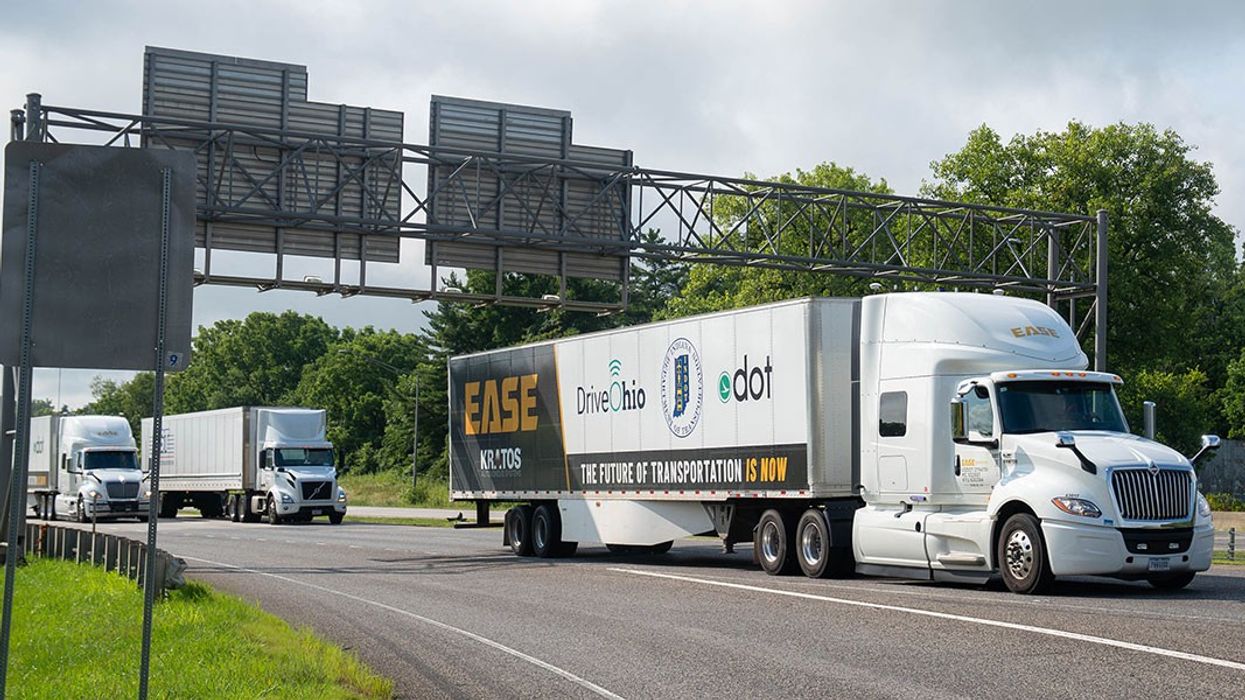In today’s fast-paced world, ensuring that your office staff is well-prepared to handle emergencies is not only wise but essential. Proper training office staff for emergency access can mean the difference between a manageable situation and a disaster. In this article, we will explore the importance of emergency preparedness and how to implement effective training programs for your team.

The Importance of Emergency Access Training
Emergencies can strike without warning. Whether due to natural disasters, medical emergencies, or security threats, your staff must be ready to respond swiftly and effectively. Training office staff for emergency access is crucial in ensuring that everyone knows their role and can access necessary resources quickly. It not only protects the lives of employees but also safeguards company assets and data.
Understanding Different Types of Emergencies
It’s essential to understand the various emergencies your office might face. These could include fire outbreaks, medical crises, or even security breaches. Each type requires specific emergency access strategies which should be part of your training modules.
Developing a Comprehensive Training Program
An effective training program should cover a wide range of scenarios. This includes teaching staff how to access emergency exits, locate fire extinguishers, and use communication tools effectively. Some training can be conducted through lockout drills to simulate real-world conditions.
Integrating Technology in Training
Modern technology offers invaluable tools to enhance emergency training. For example, electronic locks can ensure quick and secure access during emergencies. Learn more about how electronic locks can assist in reducing lockout incidents.
Regular Drills and Continuous Learning
Regular drills are vital in reinforcing the knowledge and skills acquired during training. Consistent practice ensures that staff members remain calm and composed during an actual emergency. Continuous learning should be encouraged by updating training programs to include new skills and technologies.
Feedback and Assessment
After conducting training programs and drills, gathering feedback from participants is crucial. This helps in assessing the effectiveness of the training and identifying areas for improvement. Engaging in such evaluations ensures that the training remains relevant and impactful.
The Role of Management
Leadership and management play vital roles in emergency preparedness. They should actively participate in training programs and demonstrate a commitment to safety protocols. Read more about the role of building managers during office lockouts.
Educating Employees on Data Security
Data security is equally critical, especially during emergencies when vulnerabilities might be exploited. It’s crucial to educate your staff on protecting business data. Learn about measures you can take during lockouts.
Partnership with Local Emergency Services
Collaborating with local police and fire departments can provide additional insights and resources for your training programs. Their expertise can help tailor your strategies to better respond to different emergency scenarios.
Customizing Training for Different Departments
Different departments within an organization might face varying challenges during emergencies. It’s important that the training office staff for emergency access is tailored to meet these specific needs, ensuring department-specific concerns are addressed adequately.
Crafting an Effective Communication Plan
During emergencies, communication can be a lifesaver. Establishing a clear communication hierarchy and ensuring all team members are familiar with it is vital. Routine checks and updates to this plan will maintain its efficiency and effectiveness.
Involving All Stakeholders
In addition to office staff, involving all stakeholders, including tenants and clients, is important. Everyone should be aware of the safety protocols and emergency access training to minimize chaos and maximize safety during crises.
The Benefits of Thorough Emergency Training
A well-trained team leads to a safer workspace that is prepared for any eventuality. This preparedness minimizes damage, protects lives, and ensures continuity of operations.
International Standards and Compliance
Adhering to international safety standards ensures your training programs meet global best practices. This not only enhances safety but also improves your organization’s reputation and trustworthiness.
Creating a Culture of Safety
Embedding safety into your company culture encourages everyone to take an active role in maintaining a secure environment. This fosters a sense of responsibility and readiness at all levels of the organization.
Final Thoughts
Training office staff for emergency access is an investment in safety and security, offering peace of mind to employees, management, and clients. Continuous improvement and adherence to best practices will ensure your organization remains prepared for any emergencies that may arise.

FAQs
1. Why is emergency access training important for office staff?
It equips employees with the necessary skills to handle emergencies effectively, ensuring safety and swift response to protect lives and assets.
2. How often should emergency drills be conducted?
Regularly. At least once every few months, or more frequently, depending on the nature of the business and its exposure to risks.
3. What tools can enhance emergency access training?
Technological tools, like electronic locks and communication systems, can enhance access and coordination during emergencies.
For more about selecting the right security systems, visit choosing locks.
This article contains affiliate links. We may earn a commission at no extra cost to you.






